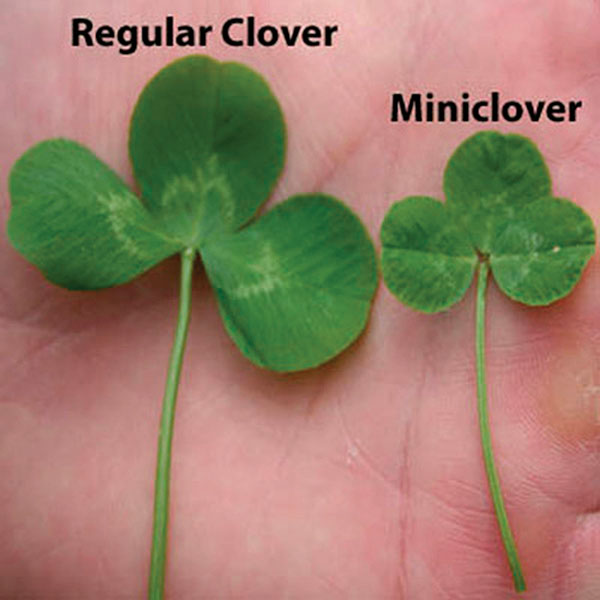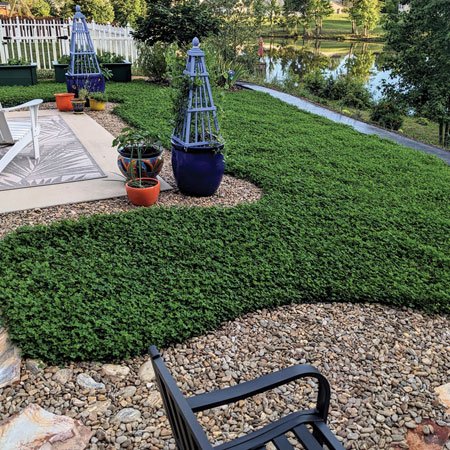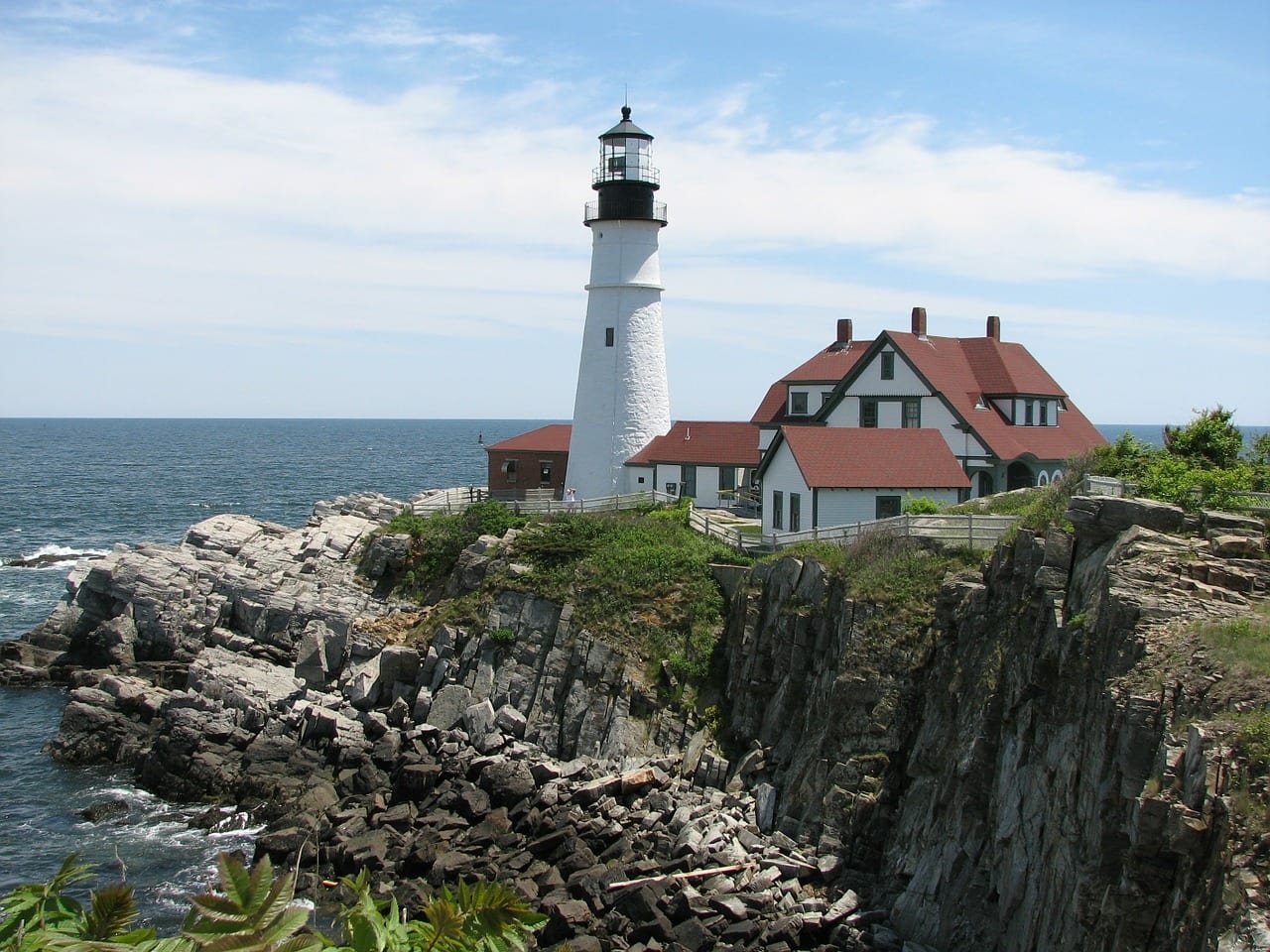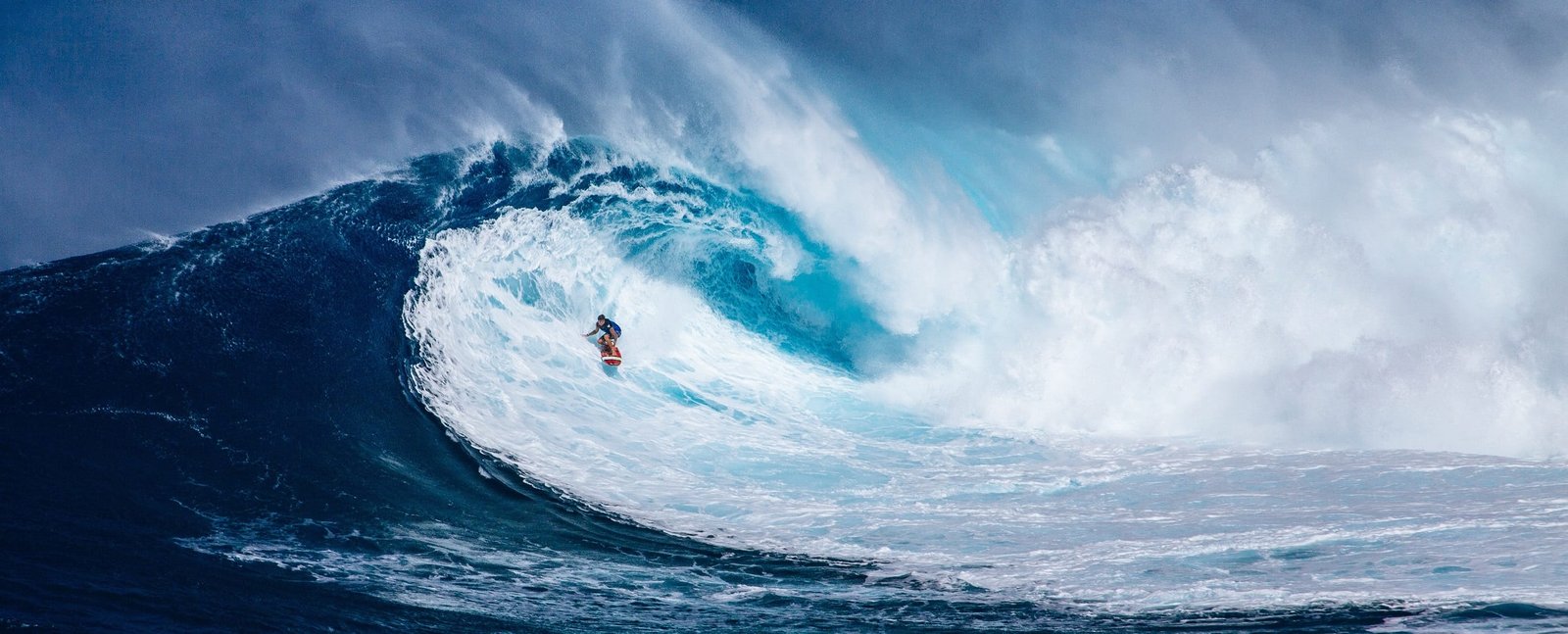If you’re looking to renovate your yard, there’s a sustainable, drought-tolerant alternative to high-maintenance, water-guzzling grass that also reduces your environmental footprint.
“Clover lawns” went viral on social media last fall and became the most searched home improvement trend on Google in 2023. If you search #cloverlawns on Tik Tok , viewed more than 150 million times, you’ll be bombarded with photos and videos of fluffy, lush, green, gorgeous lawns grown with Miniclover seeds.
 “‘Miniclover‘ (Trifolium repens) is about 1/3-1/2 the size of white Dutch clover, only grows 4-6 inches and produces a thick, carpet-like look that blends well with turf,” said Troy Hake, president and owner of Outsidepride.com, offering drought-tolerant grasses, clovers, wildflower seeds and more. “It’s less expensive than grass seed and a natural solution for self-sustaining, low-maintenance lawns that look beautiful and help eliminate the need for fertilizers, herbicides, pesticides and weekly mowing. We sold out of it for the past two years, even with a two-fold increase in production. You can’t go wrong with it.”
“‘Miniclover‘ (Trifolium repens) is about 1/3-1/2 the size of white Dutch clover, only grows 4-6 inches and produces a thick, carpet-like look that blends well with turf,” said Troy Hake, president and owner of Outsidepride.com, offering drought-tolerant grasses, clovers, wildflower seeds and more. “It’s less expensive than grass seed and a natural solution for self-sustaining, low-maintenance lawns that look beautiful and help eliminate the need for fertilizers, herbicides, pesticides and weekly mowing. We sold out of it for the past two years, even with a two-fold increase in production. You can’t go wrong with it.”
Wondering why grass gets a bad rap? The truth is climate change is looming and has further altered the natural pattern of droughts, making them more frequent, longer and more severe. Grass lawns, however, are not sustainable; they’re the most maintenance-intense part of yards, requiring regular fertilization, mowing and heavy irrigation to look good. Nationwide, landscape irrigation is estimated at almost 1/3 of all residential water use, totaling nearly 9 billion gallons per day. Plus, gas-powered lawn and gardening equipment release more than 30 million tons of carbon emissions, according to the U.S. Environmental Protection Agency’s National Emissions Inventory.
In some regions, there’s continuous, strict regulations on watering lawns or bans on the use of drinking water for irrigating grass. As concerns about climate change and water scarcity intensify, some homeowners are looking for landscaping solutions that minimize water usage and reduce environmental impact. A standout in this regard, Miniclover requires significantly less water than traditional grass to thrive. It’s drought-tolerant and has longer, deeper roots than grass, reaching into the soil for needed moisture, requiring minimal watering, staying greener longer and showing more resiliency during periods of drought or water restrictions.
It takes nitrogen from the air, “fixing” it in the soil and eliminating the need for fertilizer or nitrogen plant food because it does the work for you, keeping grass green and growing while adding natural nitrogen to surrounding soil.
Some homeowners are already tearing up grass and completely replacing it with Miniclover; others are over-seeding existing grass, reaping the many benefits of clover while maintaining a lawn-like look without committing to a complete lawn replacement. Both options are more sustainable and environmentally friendly than grass lawns.
With hectic lifestyles the norm, many homeowners want landscaping solutions that require minimal upkeep. While grass lawns require constant mowing, watering and fertilizing, perhaps it’s time to grow something other than traditional turf. Miniclover’s slow growth habits mean less time behind the mower while its dense growth pattern, evenly dispersed via stolons (stems that grow horizontally along the ground), crowds out weeds and controls erosion.
No need for herbicides; they’ll kill it. Grubs won’t eat it and bugs won’t lay eggs in it. It stands up to compacted soil, plus it’s immune to “dog patches.” It fills in bare spots fast and tolerates wet conditions. Mow as little as you like – the more it’s cut, the smaller the leaf size – or simply let it grow close to the ground, like grass . It blooms only once in summer with small, delicate flowers, which provide bees with nectar or, if preferred, mowing prevents blooming. It withstands foot traffic, making it ideal for pathways and play areas and its tolerance for shade makes it suitable for areas with limited sunlight.
For homeowners looking to reclaim weekends and minimize time and effort spent on lawn care, Miniclover seems like a dream. It lives up to its hype, offering the winning combination of environmental sustainability, very low maintenance, drought tolerance, aesthetic appeal and cost efficiency that benefits not only homeowners’ properties, but planet Earth as well.
For more drought-tolerant options, visit Outsidepride.com.
Photos courtesy of Outsidepride.com
SOURCE:
Outsidepride.com
(Joan Casanova)














